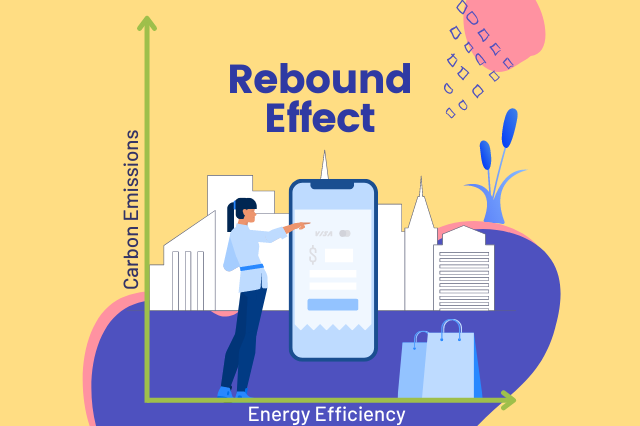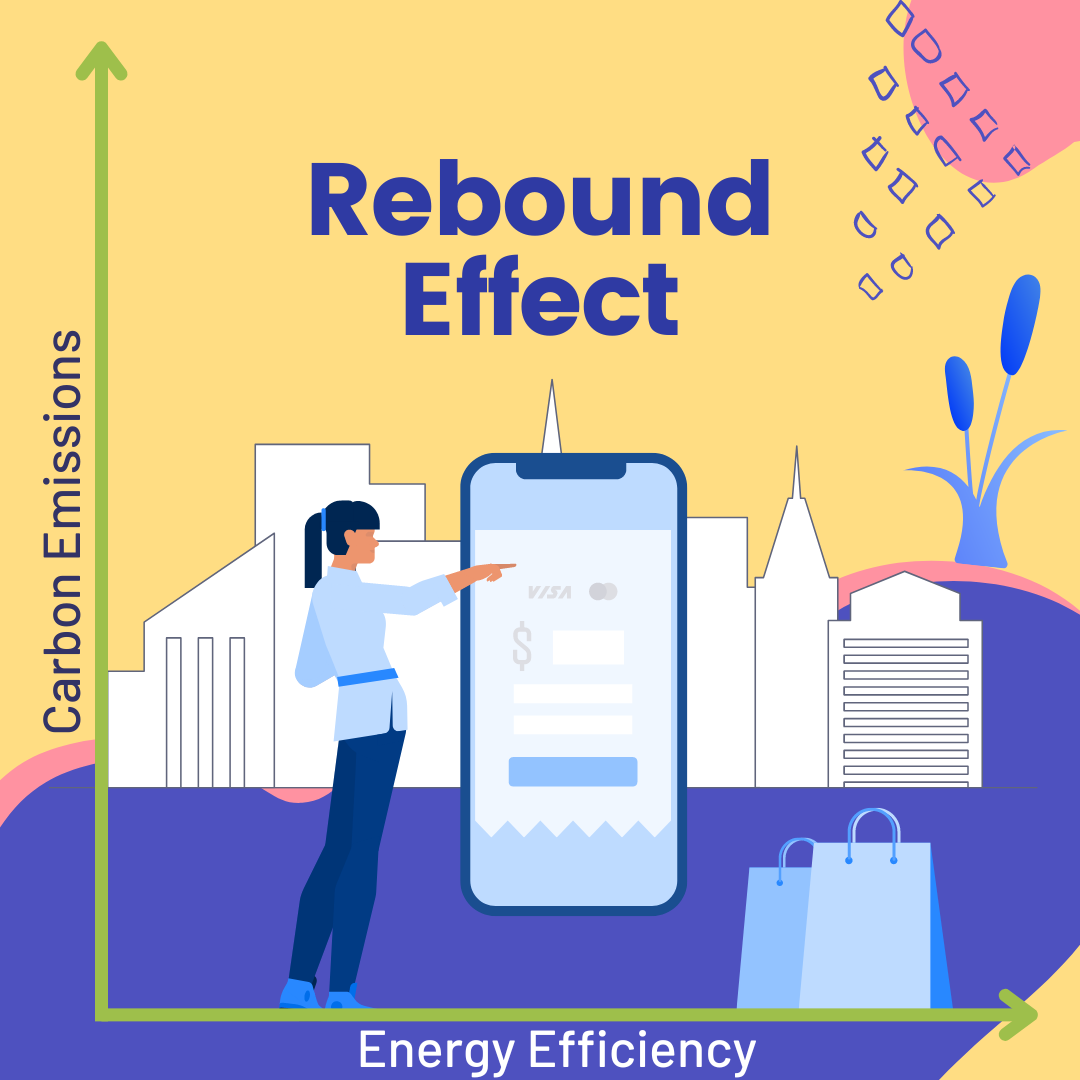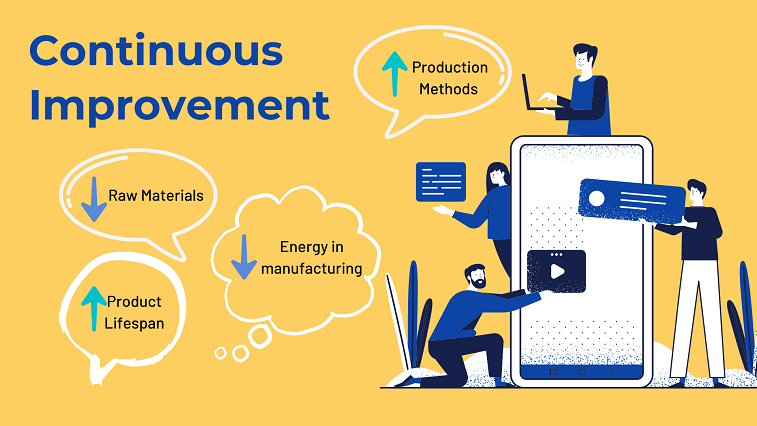by June Kaminski, RN MSN PhD(c)
Editorial

Citation: Kaminski, J. (2023). Editorial. Reducing the Environmental Impacts of using Technologies. Canadian Journal of Nursing Informatics, 18(1). https://cjni.net/journal/?p=10851
The continual evolution of digital technologies has transformed the way we work, live, and play. This persistent growth often linked to positive environmental effects was strongly illustrated during the Covid-19 pandemic when most people worked from home, using the internet to connect to the office. With far less cars on the road, this use of technology significantly reduced the amount of transportation-related carbon emissions and the natural world seemed much cleaner with less pollution. As well, moving to digital workspaces has reduced the use of paper, which logically equates to reduced use of trees. Many positive results have been realized by digitization, however there are also some serious issues that contribute to environmental risks.
What are the Issues?
Issues of technological redundancy and unsustainability, dealing with alarming waste from digital products (e-waste), the carbon footprint elicited by peak power and bandwidth use, and use of rare or non-renewable resources (e.g., precious, and critical metals) are important aspects of technology’s environmental impact.
Each of these issues can be addressed by informatics and IT teams at the organizational level and by individual users at the personal level. The solution is not reducing our use of technologies but rather doing so with conservation in mind.
Energy Consumption and Pollution
As every user of any electronic device knows, electricity and power are critical. Every one of us knows the dance of keeping our computers, phones, tablets, and other electronics fully charged and ready to use. At the more central level, huge data centres and cables are required to keep the connections ready and accessible to network, empower the transmission of data and information, and provide the juice to power it all. This requires a lot of energy!
“Some estimates show that if the Internet were a country, it would rank 5th or 6th in the world in terms of electricity consumption. Google alone contributes to roughly 40% of Internet’s CO2 emissions, which explains why it is regarded as the biggest polluter on the Internet. Other digital technologies are no different. At present, they account for 4% of global emissions, which is more than the emissions from much more talked about industries such as aviation” (Digital Watch, n.d., p. 3).
It behooves organizations and health authorities to examine how they acquire the energy that is used to power technologies and make greener decisions. It also urges each individual to consider how they use their various devices each day. All too often, devices are left in ‘standby’ mode, and rarely turned completely off. This adds to unnecessarily high energy consumption. This standby status contributes to an estimated 10% of regular household electricity consumption. The simple act of powering down devices and electronics when not in use can have a positive effect on the environment and save costs (BBVA Open Mind, 2022).
We all can also look at the way we use our devices and make some simple modifications to help conserve energy. This includes how we use videoconferencing software like Zoom, Skype, or MS Teams, how we send emails, how we use the internet for entertainment, and so on. “Every hour of video conferencing creates 1kg of CO2. Turning off video and using audio only can reduce carbon impact by 96%” (Evangelidis & Davies, 2021, p. 2). We can embrace digital sobriety in both simple and more complex ways at individual, corporate, and organizational levels to reduce the impact of technologies on energy consumption.
“For example, a study by the UK’s OVO Energy found that the UK could reduce its carbon output by over 16,433 tons, simply by each adult sending one less email per day. Meanwhile, according to the Shift Project, the average CO2 consumption of streamed online video is more than 300 million tons per year, the equivalent of Spain’s annual emissions. As social media use grows every day among all demographics, the environmental footprint of these activities needs to be seriously considered” (Geneva Environmental Network, 2021, p. 2).
Tips to lower personal energy consumption
- Turn off your device during work, family interactions and other settings where digital activity is not necessary.
- Limit the number of social media tabs or apps you have open at once. If possible, keep it to one at a time.
- Activate browser extensions or back-end app settings that block social media push notifications.
- Take steps to avoid making email your primary form of communication.
- Limit the total number of personal (and, if possible, professional) emails you send each day, keeping a record of your progress.
- Actively unsubscribe from unnecessary or unwanted email lists to cut down on received messages. Avoid unnecessary responses.
- Compress email attachments and conversations where possible.
- Consider an alternative, more sustainable form of data sharing.
- Monitor the amount of time spent on streaming platforms during the week (possibly calculating your time spent by platform (i.e., Spotify, Netflix).
- Delete older emails regularly.
- Extend the lifespan of devices.
- Limit the use of emoji apps.
- Do not use video in conference calls, turn off your camera and use audio only.
- Reduce the quality of videos and use a dark background.
- Limit video streaming and downloading (UC Berkeley Extension, n.d.; Evangelidis & Davies, 2021; France 24, 2017)
A great video to watch that sums up the effects of constant internet use and technological consumption has been produced by France 24. Take a look!
France 24. (2017). The hidden pollution of the internet
Redundancy and unsustainability
A common and even expected cycle of continuous improvement means new versions of popular technologies are rigorously produced, purchased, and consumed. People anticipate the next release of their favourite technological product. Somehow the technology industry evolved based on the principle of replacement but not repair, and innovation that encourages users to upgrade to the latest release at a regular rhythm can be summed up as planned obsolescence.
Planned obsolescence means consumers will buy a product repeatedly, as their old one is no longer functional or desirable and not economical to repair. This is true for mobile devices, desktop systems, hardware, software, wearables, internet of things, and so on. The carbon footprint of this ongoing production model is staggering. Continuous Improvement encourages consumers to want the latest versions before existing products need replacing, using up more non-renewable resources, increasing consumption, increasing landfill sites, using more packaging, and so on. These practices lead to massive redundancy with older equipment frequently simply being thrown away.
“Every time digital technology has delivered gains in terms of time or energy savings, such gains have been fully reinvested in a fresh increase in performance, the increasing number of options or personalised services and in the rapid pace of product turnover. Improving the efficiency of a resource can be analysed as a cost reduction, which encourages us to consume more of it, so we lose the associated environmental benefit. This is referred to as the rebound effect” (Orgerie & Kaplan, 2022, p. 2).
Digital sobriety can be a solution to this aspect of technological environmental impacts. A simple solution is to use devices longer. Simple but effective. Do you really need a new smartphone every two years (or worse every year)? A conservative move to use devices longer can be a personal choice as well as an organizational one. This not only promotes greater efficiency of resources and lowers cost to the consumer, but it also significantly reduces the amount of waste produced.
This short video from European Parliament gives a great overview of planned obsolescence.
European Parliament. (2017). Planned obsolescence: Why things don’t last
Reducing e-waste
The colossal consumption of electronics that are continually replaced leads to an enormous amount of e-waste. Although some movement to recycle electronics has been achieved, far too many devices, computers, and other electronic appliances and gadgets are simply thrown away. It has been estimated that “around 50 million tonnes of e-waste are produced annually – out of which only 20% gets recycled. The remaining 80% of e-waste usually ends up buried underground. While the vast majority of e-waste is produced by developed countries, most of it is treated (i.e., dismantled and processed in so-called e-dumps) in developing countries. While the recycling of e-waste might seem like the most reasonable option, it also comes at a cost. Contact with harmful toxic materials such as lead, chromium, and cadmium can trigger serious health conditions, including respiratory illnesses and lung cancer to which child workers are particularly vulnerable” (Digital Watch, n.d., p. 5).
Use of Non-renewable Resources
The problem of ever-growing e-waste brings up another consistent problem of using digital technologies: the demand for non-renewable and often precious resources (such as gold, silver, platinum, and palladium). “The production of digital equipment makes it a heavy consumer of metals, some of which are rare and/or critical and whose accessible reserves (at current cost and with current technologies) are limited” (The Shift Project, 2019, p. 24). Of course, the acquisition of these minerals demands more mining which in turn, affects not only the environment but the people and biodiversity that live close to these mines.
Canada has a list of 21 critical minerals (such as lithium, copper, titanium, cobalt) which are essential building blocks for the digital economy and are essential for Canada’s energy transition. We need to find ways to ensure that metals such as these are used sparingly and in a way that maintains their quality so they can be reprocessed and recycled, lessening the need to extract more natural resources. The World Bank predicts that global production of critical minerals used in low-carbon technologies is projected to rise by 965% for lithium, 585% for cobalt, 383% for graphite, 241% for indium, and 173% for vanadium by 2050. Precious metals such as gold also used in electronics have the best recycling rate, but it is still only at a 50% recycle average. (Hund & La Porta, 2019; The World Bank, 2019).
Figure 1: Canada’s Critical Minerals List
One promising solution is called urban mining. Urban mining is where metals are extracted from parts (such as during battery recycling) which could help meet the needs for critical minerals plus reduce waste and lessen the need for traditional primary mining and all its side effects on the environment.
This brief video introduces the concept of urban mining in the context of e-waste and the need for precious and critical minerals to create electronic products.
Lombard Odier. (2019). Urban Mining: A literal goldmine [Video].
This is just a brief overview of four of the key ways that technologies impact the environment and by extension, human health. They intersect to create problems that many organizations are studying and trying to find solutions to reduce the impacts. It requires collaboration by all consumers and producers of digital technologies to take a step back and make concrete plans to address these issues. Continuous improvement that embraces longer longevity for electronic products, use of recycled minerals and materials, reducing the energy consumption in both production and day to day use, and improved production methods can all reduce the impacts on our finite planet.
References
AFP News Agency. (2018). Planned obsolescence. [Video]. https://youtu.be/AumN_wpabNw
BBVA Open Mind. (2022). Digital Technologies, the Climate Impact That Hardly Anyone Talks About. https://www.bbvaopenmind.com/en/science/environment/climate-impact-digital-technologies/
Digital Watch. (n.d.). Digital aspects and the environment. Geneva Internet Platform. https://dig.watch/trends/digital-and-environment
European Parliament. (2017). Planned obsolescence: Why things don’t last. https://youtu.be/toIFN8eR0ro
Evangelidis, H. & Davies, R. (2021). Are you aware of your digital carbon footprint? Capgemini. https://www.capgemini.com/gb-en/insights/expert-perspectives/are-you-aware-of-your-digital-carbon-footprint/
FRANCE 24. (2017). The hidden pollution of the internet. [Video] https://youtu.be/GX8sOrz_-Fg
Geneva Environmental Network. (2021). Data, Digital Technology, and the Environment. https://www.genevaenvironmentnetwork.org/resources/updates/data-digital-technology-and-the-environment/
Hund, K. & La Porta, D. (2019). Changing mining practices and greening value chains for a low carbon-world. The World Bank. https://www.worldbank.org/en/news/feature/2019/10/07/changing-mining-practices-and-greening-value-chains-for-a-low-carbon-world
Lombard Odier. (2019). Urban Mining: A literal goldmine [Video]. https://youtu.be/Td3aJ07YRBE
Orgerie, A. & Kaplan, D. (2022). Digital technology: an environmental opportunity or challenge? https://hellofuture.orange.com/en/digital-technology-an-environmental-opportunity-or-challenge/
The Shift Project. (2019). Lean ICT -Towards Digital Sobriety. https://theshiftproject.org/wp-content/uploads/2019/03/Lean-ICT-Report_The-Shift-Project_2019.pdf
The World Bank. (2019). Climate-Smart Mining: Minerals for Climate Action. [Infographic]. https://www.worldbank.org/en/news/infographic/2019/02/26/climate-smart-mining
UN Environmental Programme. (2021a). The growing footprint of digitalisation. https://wedocs.unep.org/bitstream/handle/20.500.11822/37439/FB027.pdf
UC Berkeley Extension. Reducing Your Digital Carbon Footprint in the Wake of COVID-19. https://bootcamp.berkeley.edu/blog/reducing-your-digital-carbon-footprint-in-the-wake-of-covid-19/







